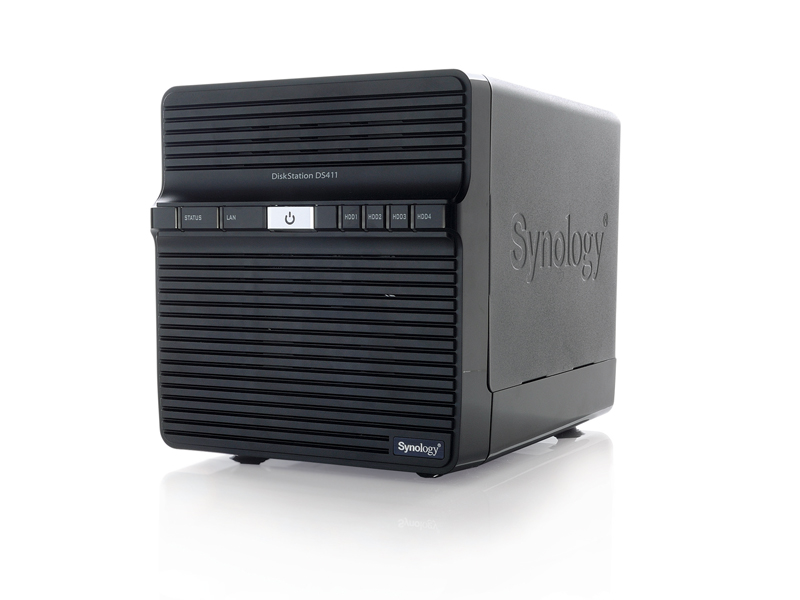TechRadar Verdict
Pros
- +
Four drive bays
- +
External eSata port
- +
Open-source software add-ons
- +
A lot of setup options for experts
Cons
- -
Complicated setup for novice users
- -
Slow transfer speeds
Why you can trust TechRadar
The DiskStation DS411 feels like it's stuck between being a consumerfriendly NAS drive and a rack-mounted server. It's supplied without any hard drives, and looks like a small PC, complete with thumbscrews at the back and an array of lights at the front.
Synology recommends certain drives for the product, which are formatted on insertion. This isn't an easy process, especially compared to the more user-friendly drives we've looked at.
Hard drives must be mounted and formatted with Synology's software, and then the NAS drive itself has to be configured via a small patch located on the CD. Then any folders you want on the drive need to be added manually. These all seem like features that would be automated on other NAS drives.
Synology's more open approach comes with a host of benefits, though. User-created mods, which you'll find on Synology's forums, can be added to enhance functionality, like downloading torrents and streaming media.
Synology itself also offers dedicated iPhone and Android applications for accessing the NAS drive, which is something we haven't seen from other manufacturers.
Despite its great stakes in the open source hardware world, Synology's drive proved to be one of the slowest in our test. Although this could have been down to our choice of hard drive, it's unlikely. The option to add an external eSata drive is a nice touch, though.
It's obvious that Synology wants to break into the consumer market, but it simply hasn't done enough to provide a decent graphical user interface that explains exactly what you have to do. Those who love tinkering with networks and setting up home IP systems will find a lot to love here – but for everyone else it's just a tad too complicated, and hugely expensive too.
At this price, home users would probably be better off investing in a cheap PC and using it as a Linux-based dedicated NAS.
Follow TechRadar Reviews on Twitter: http://twitter.com/techradarreview
